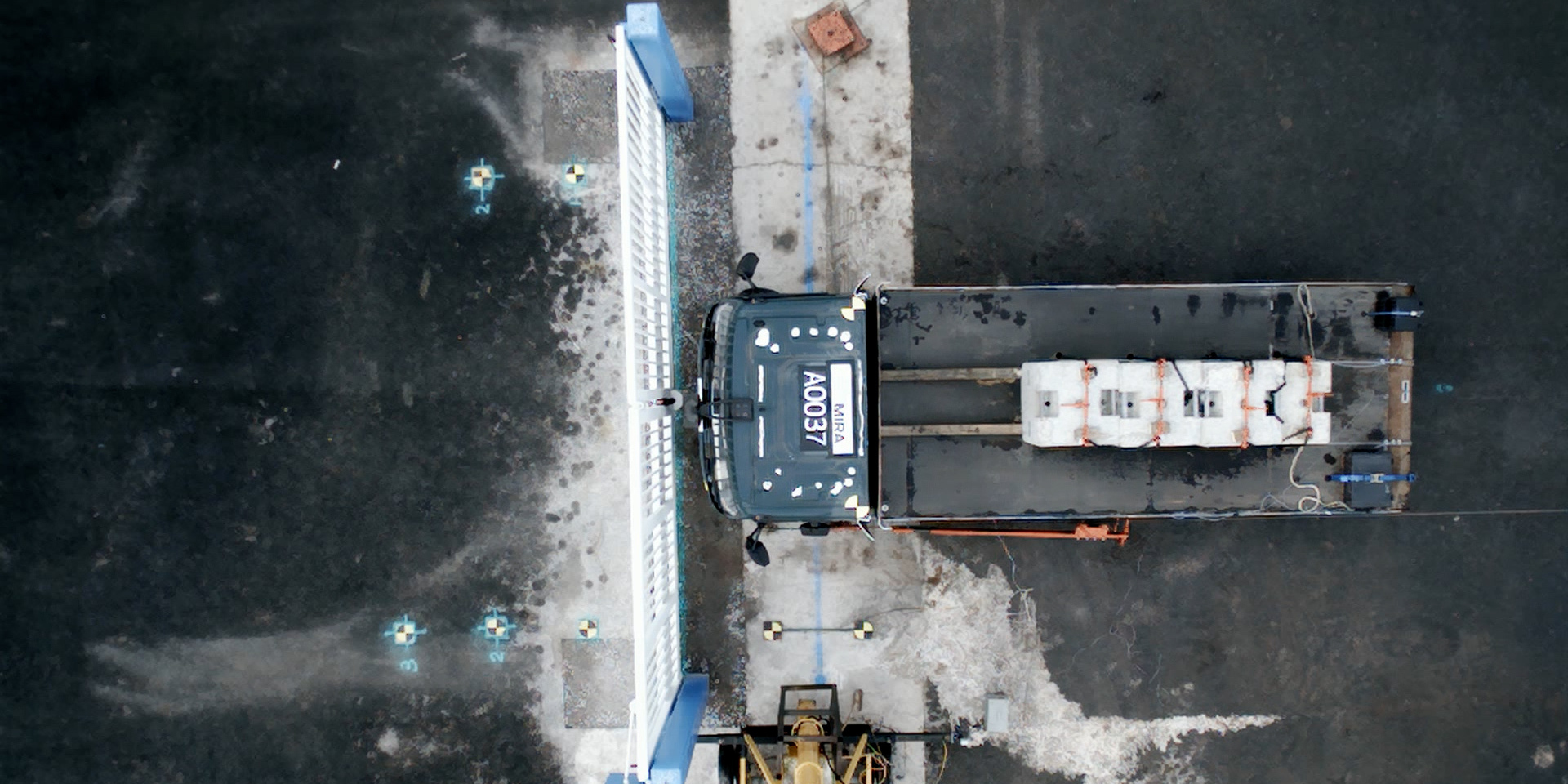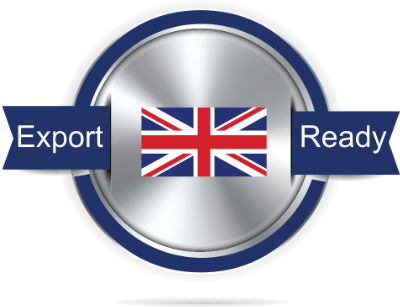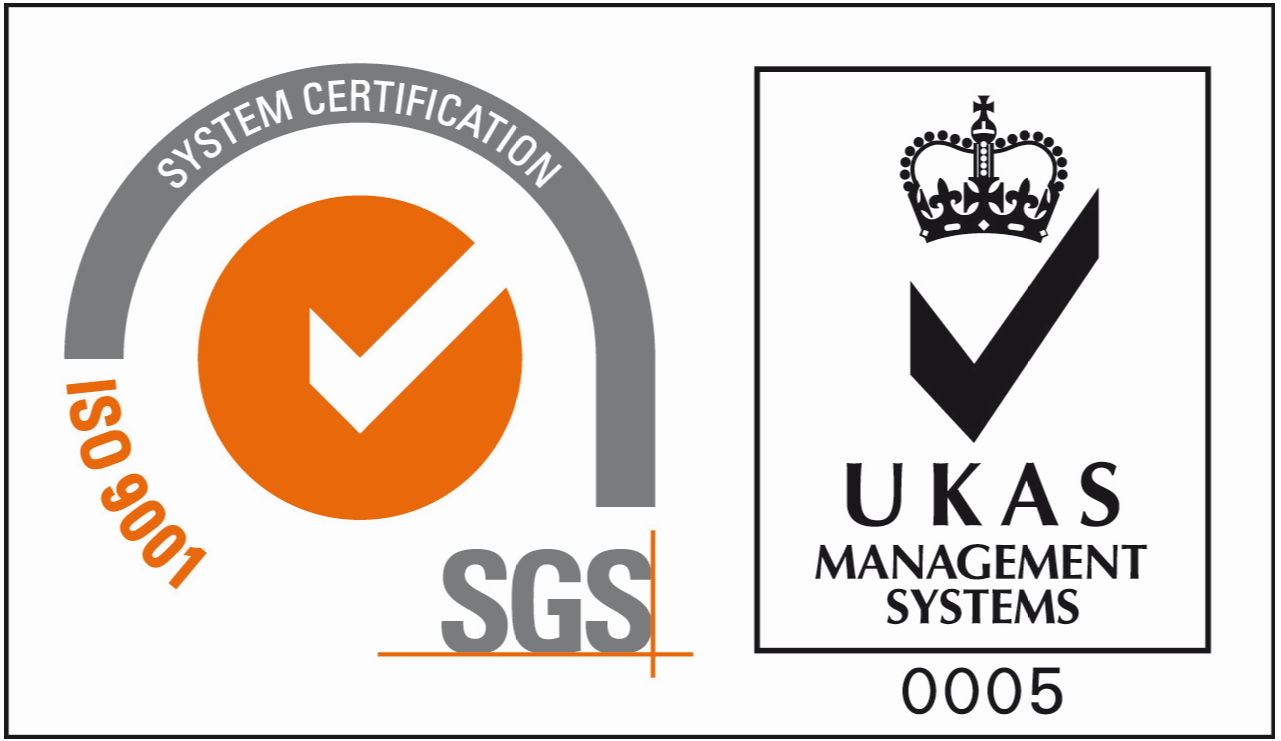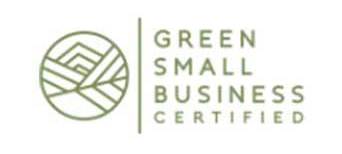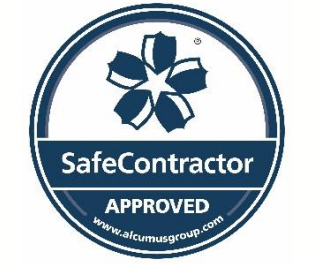Guide to IWA 14-1
Posted on 4th August 2023 at 13:45
What is IWA 14-1?
If you have read our online guide to PAS 68, you may be wondering about IWA 14-1…
IWA 14-1 is a technical specification developed by the International Workshop Agreement (IWA) 14-1:2013. It is a set of guidelines and testing procedures that define the impact performance requirements for Vehicle Security Barriers (VSB). VSB are designed to mitigate the severity of hostile vehicle attacks such as ramming or forced entry using vehicles. Within the perimeter security industry, we refer to this as Hostile Vehicle Mitigation (HVM).
Like PAS 68, IWA 14-1 specifies the criteria for assessing the impact resistance, penetration capabilities, test methods and performance classifications of HVM VSB products such as security gates, road blockers, bollards, and barriers. The IWA 14-1 standard is commonly used by security professionals, manufacturers, and regulatory bodies to evaluate the effectiveness and reliability of Vehicle Security Barriers. In 2014, IWA 14-1 was introduced with the aim of establishing international standardisation within the Hostile Vehicle Mitigation (HVM) industry. Its release sought to unify the various standards that were being followed by different organisations worldwide.
In contrast to the typical committee system utilised by ISO, the development of the IWA 14 standard took a different approach. It was created through an open workshop environment, which enabled key industry stakeholders to engage in negotiations and actively shape the IWA standard.
IWA 14-1 was established through the following steps:
STEP 1
Make the proposal
STEP 2
Obtain ISO/TMB approval
STEP 3
Details of the workshop circulated by ISO/CS
STEP 4
Hold the workshop and agree the document
STEP 5
Publish IWA 14-1
Videos from Cova Security Gates' IWA 14-1 Crash Testing from over the years.
Understanding IWA 14-1 Ratings
Quite often when reviewing IWA 14-1 ratings, you see a string of numbers, letters and symbols but what do they mean?
Test Method
The first character represents the test method, which is commonly denoted by 'V,' which signifies that the product has been tested using a real vehicle. Unlike PAS 68, simulated testing by design and pendulum for testing are not applicable for IWA 14-1.
V/1500[M1]/48/90:0
Vehicle Type
Moving on, we consider the vehicle's mass and type. The mass is measured in kilograms, the designation "(M1)" indicates the vehicle category.
V/1500[M1]/48/90:0
Below is a comprehensive breakdown of various vehicle types:
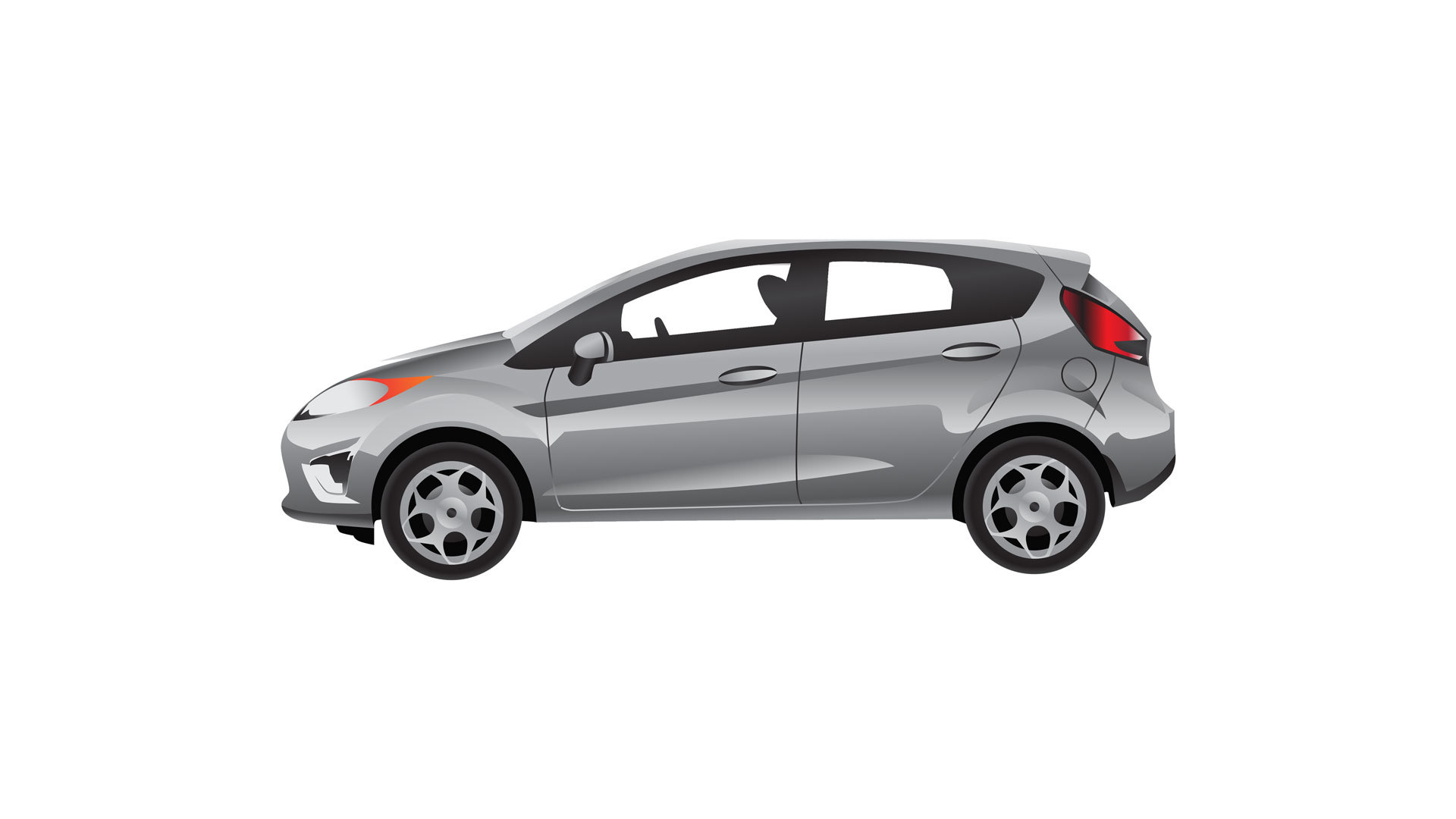
1,500 kg
M1
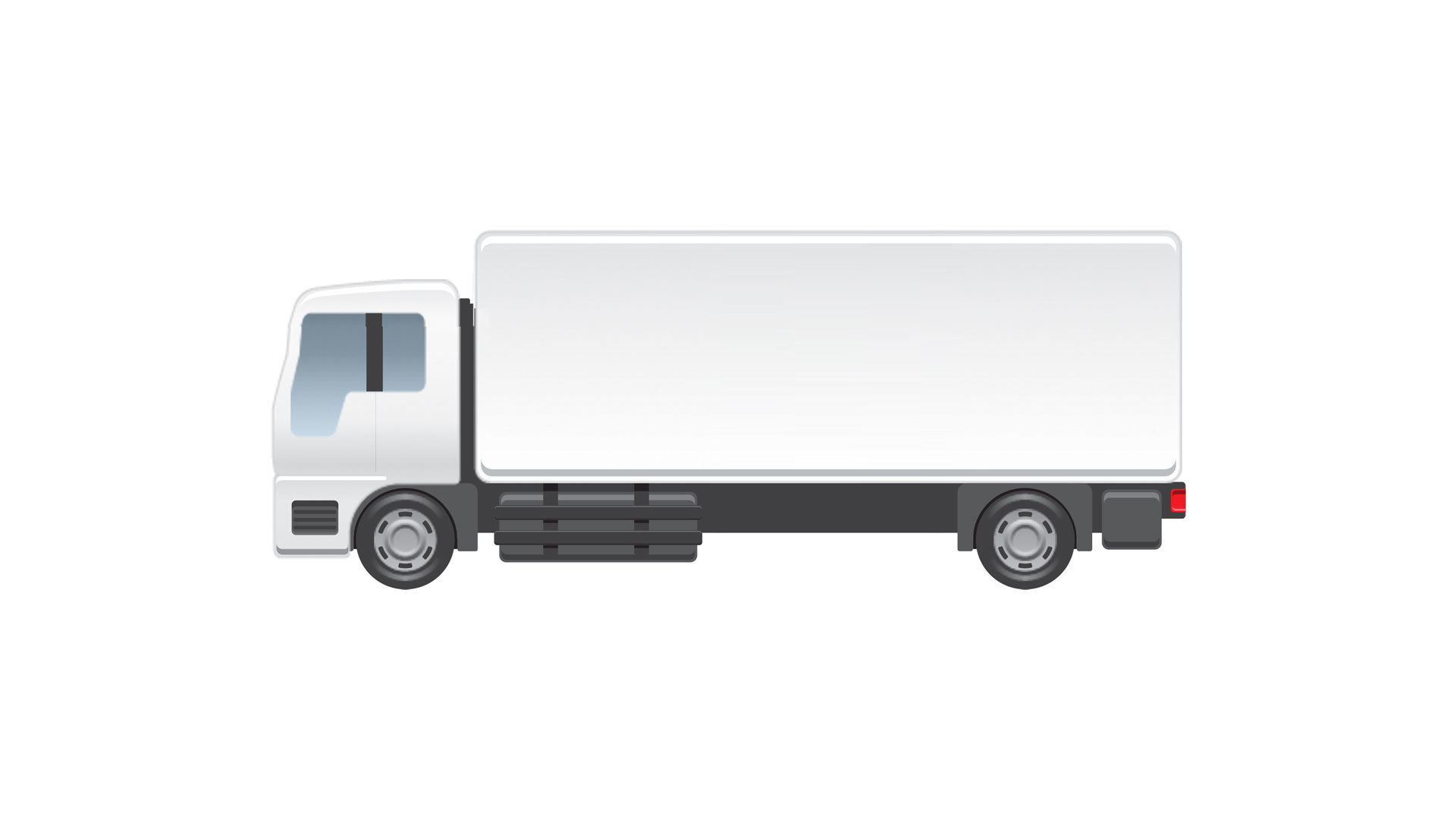
7,200 kg
N2A

12,000 kg
N3D
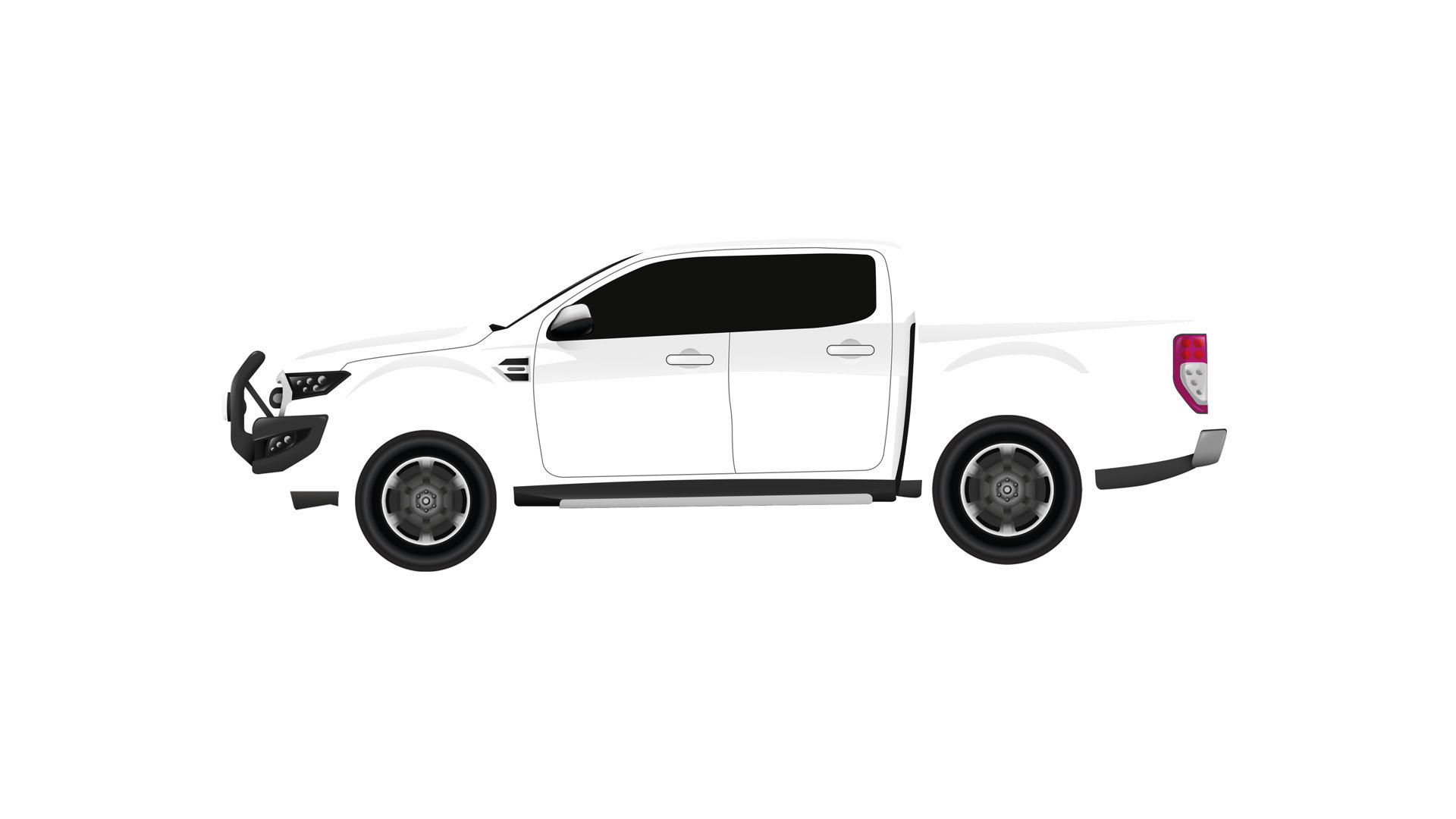
2,500 kg
N1G
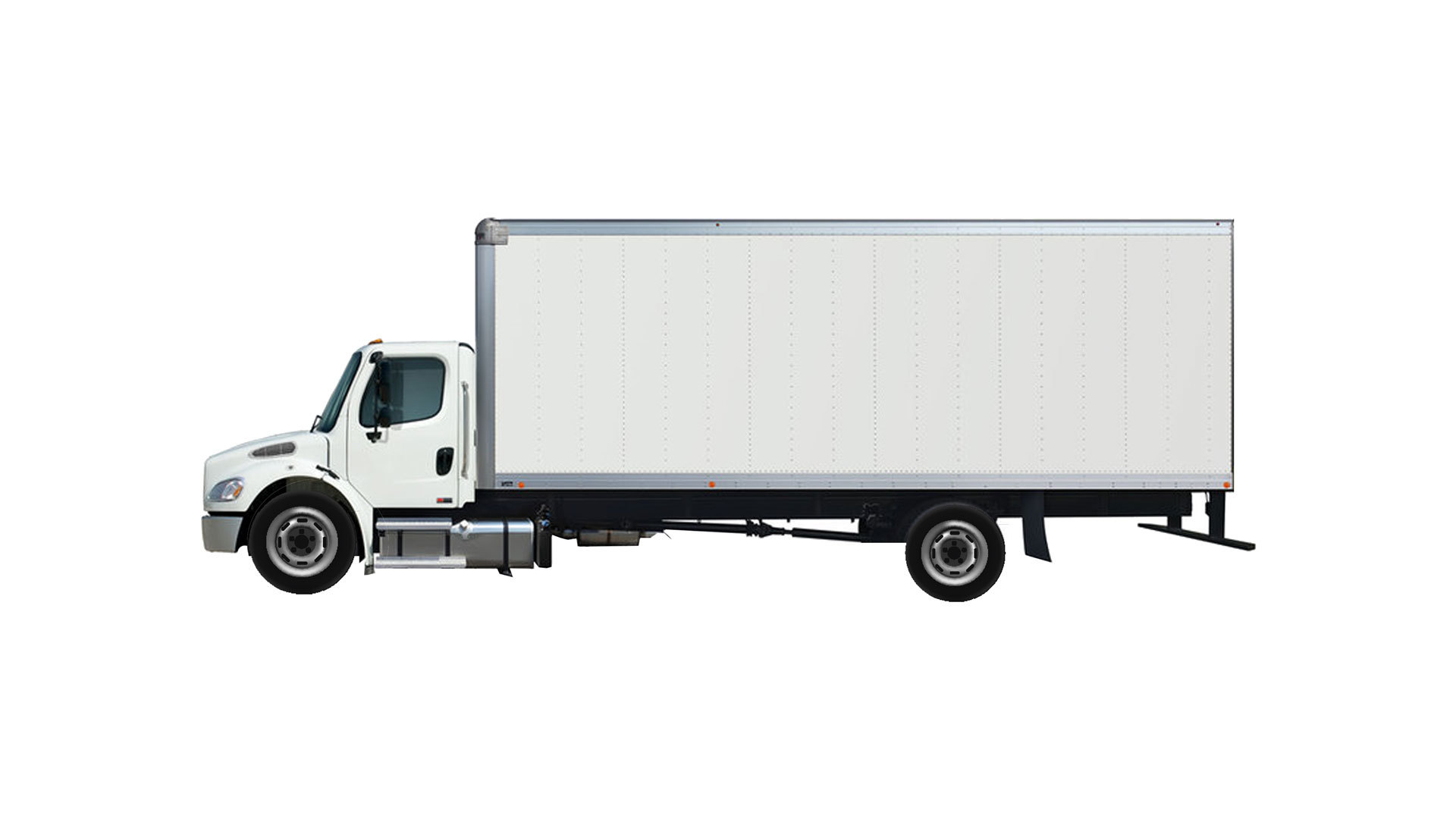
7,200 kg
N2B

24,000 kg
N3E
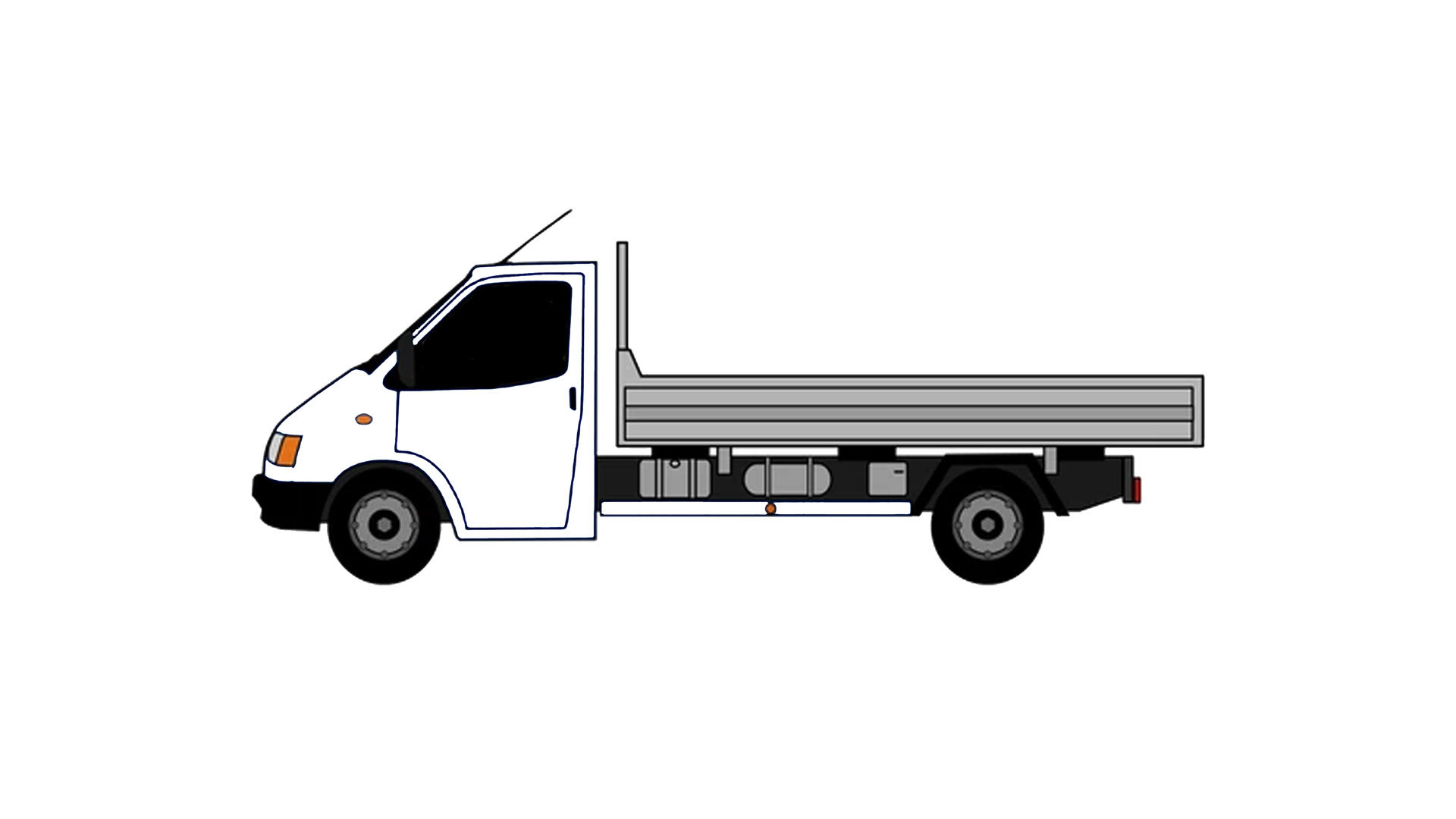
3,500 kg
N1

7,200 kg
N3C
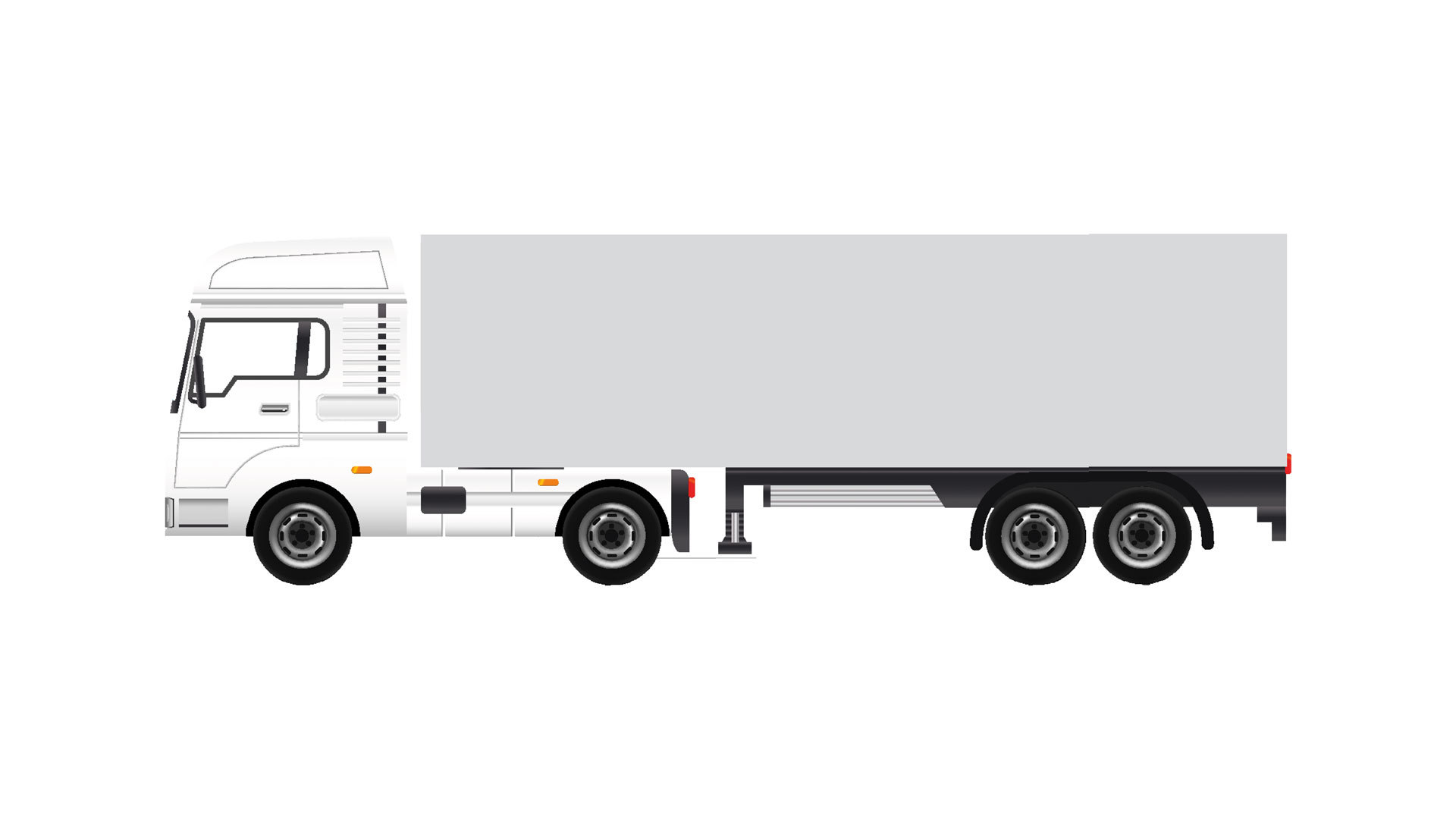
30,000 kg
N3F
(DIAGRAMS NOT TO SCALE)
Test Speed
Following vehicle mass type, we consider the test speed, which is measured in kilometres per hour (kph). Referring to our example rating, the vehicle was tested at a speed of 48kph.
V/1500[M1]/48/48:0
Below is a table of test speeds:
16 kmh
(10 mph)
32 kmh
(20 mph)
48 kmh
(30 mph)
64 kmh
(40 mph)
80 kmh
(50 mph)
96 kmh
(60 mph)
112 kmh
(70 mph)
Please note that the most common test speed are from 48 kmh to 80 kmh.
Impact Angle
The subsequent section provides the test's impact angle, typically set at 90 degrees. Sometimes you will see 30° and 45°. 30° and 45° test certifications are sometimes required when installing products in environment with a shallow angle of attack - for example a bridge deck or fences.
V/1500[M1]/48/90:0
Impact Penetration
This measurement indicates the distance (in metres) that the load-carrying part of the test vehicle travelled beyond VSB datum line. Unlike PAS 68, the datum line is set to the point of impact (collision) for IWA 14-1
V/1500[M1]/48/90:0
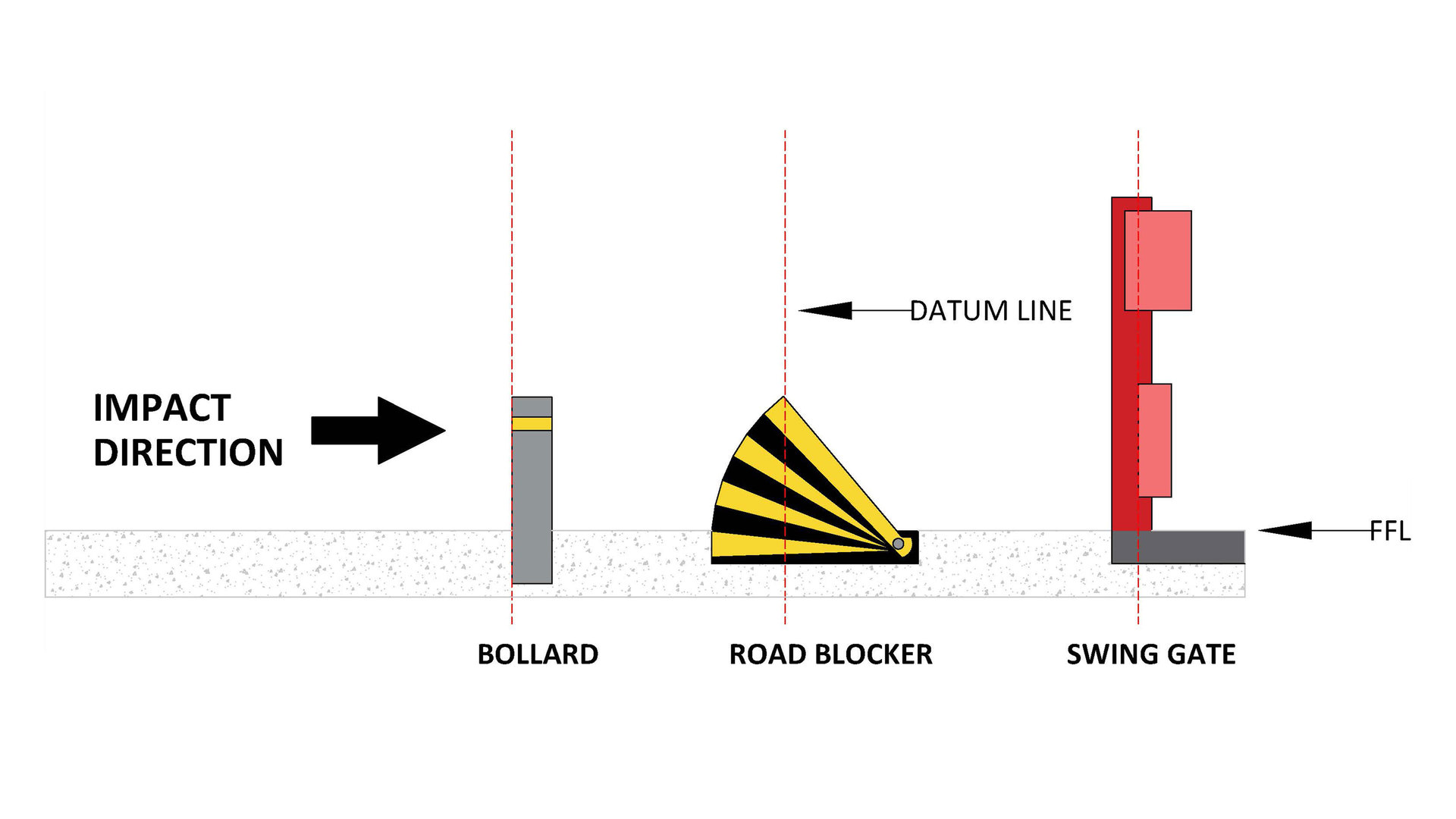
(DIAGRAMS NOT TO SCALE)
At Cova, We offer a range of HVM products rated to PAS 68 and IWA 14-1, please get in contact to discuss how we can assist with your HVM needs.
Our Complete Range
Tagged as: IWA 14-1
Share this post:







